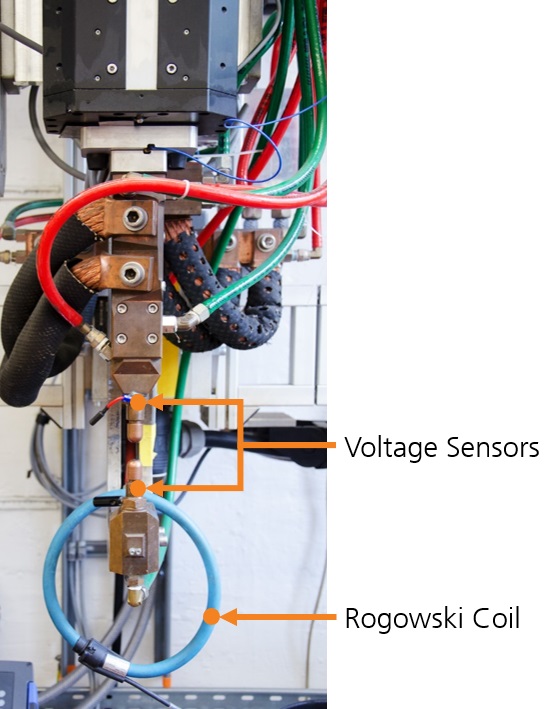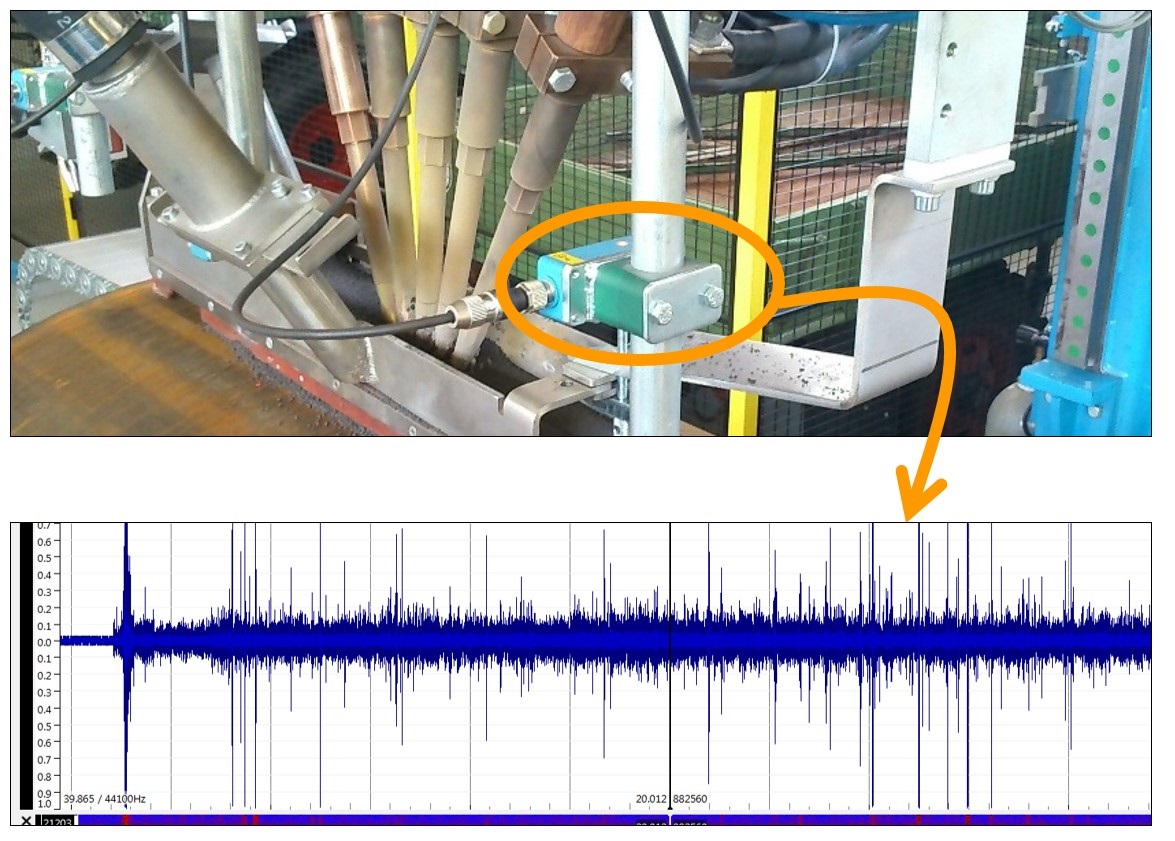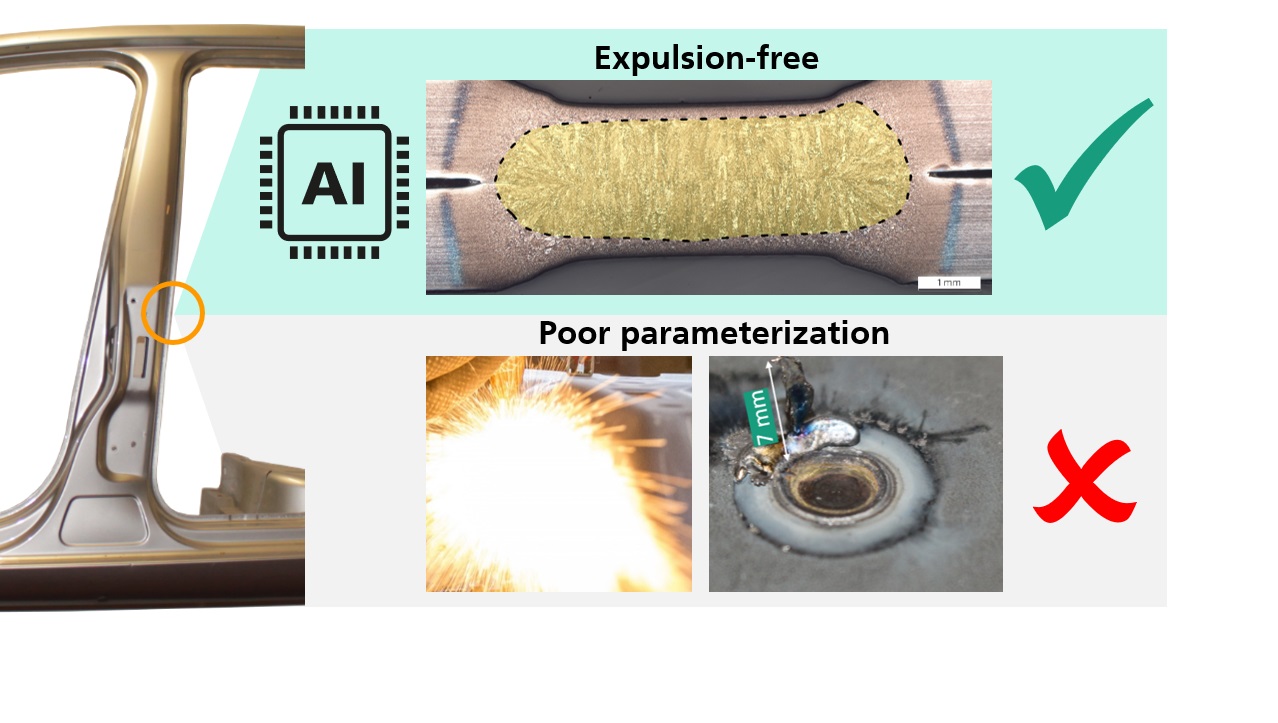More Efficient Welding in Three Steps
Data is generated everywhere - even during welding. But its potential usually remains unutilized. Fraunhofer IPK will be happy to advise you on how to increase the value of your welding processes. With the right algorithm and the right process data, up to 70 percent of the time and 30 percent of the costs can be saved during welding.
For this purpose, we have developed a three-part process: Learn, Assure and Control.
1. Learn: Value-Added Acquisition and Analysis of Welding Data
At the beginning, the experts from Fraunhofer IPK analyze the existing processes in your company. This usually takes place during a one to two-day workshop, where the team gets a first-hand impression of the situation on site and analyzes the potential for savings in welding.
This involves analyzing the existing data streams and presenting proposals for how the data can be utilized. Subsequently, it is worked out how an individual AI solution can look.
2. Assure: Process Quality Monitoring of Welding Using AI Sensors
In the second step, the suggestions that have been identified are implemented, and the data gathered from different sources is processed and merged. For example, existing sensors can be used to predict quality, which significantly reduces the inspection effort and the error rate.
Once the data-driven workflow is in place, it can be used, for example, to regulate which process data is recorded and where it is stored. By documenting all data, the processes get continuously monitored. Further optimizations can be efficiently and smoothly implemented in the future.
In resistance spot welding, for example, industrial-grade sensors such as Rogowski belts and voltage sensors can be used to monitor the welding process. By merging all data and using accurate feature engineering to improve the quality of the raw data, end-to-end digital quality monitoring can be implemented for resistance spot welding.
3. Control: AI Real-Time Control Approach
In the last step, algorithms are developed that can influence process variables in real time. The AI model tailored to a specific use case is implemented in ongoing production. Thereby, different goals, such as the reduction of welding effort, scrap avoidance and quality improvement can be the primary focus.
For resistance spot welding, a model has already been developed that avoids spatter in real time. In addition, it can be used to determine suitable process windows and serves as a basis for continuous improvement of process stability.
In another use case, a simple acoustic sensor combined with artificial intelligence was used to develop a method for digital quality monitoring in submerged arc welding of large pipeline tubes.
 Fraunhofer Institute for Production Systems and Design Technology
Fraunhofer Institute for Production Systems and Design Technology

